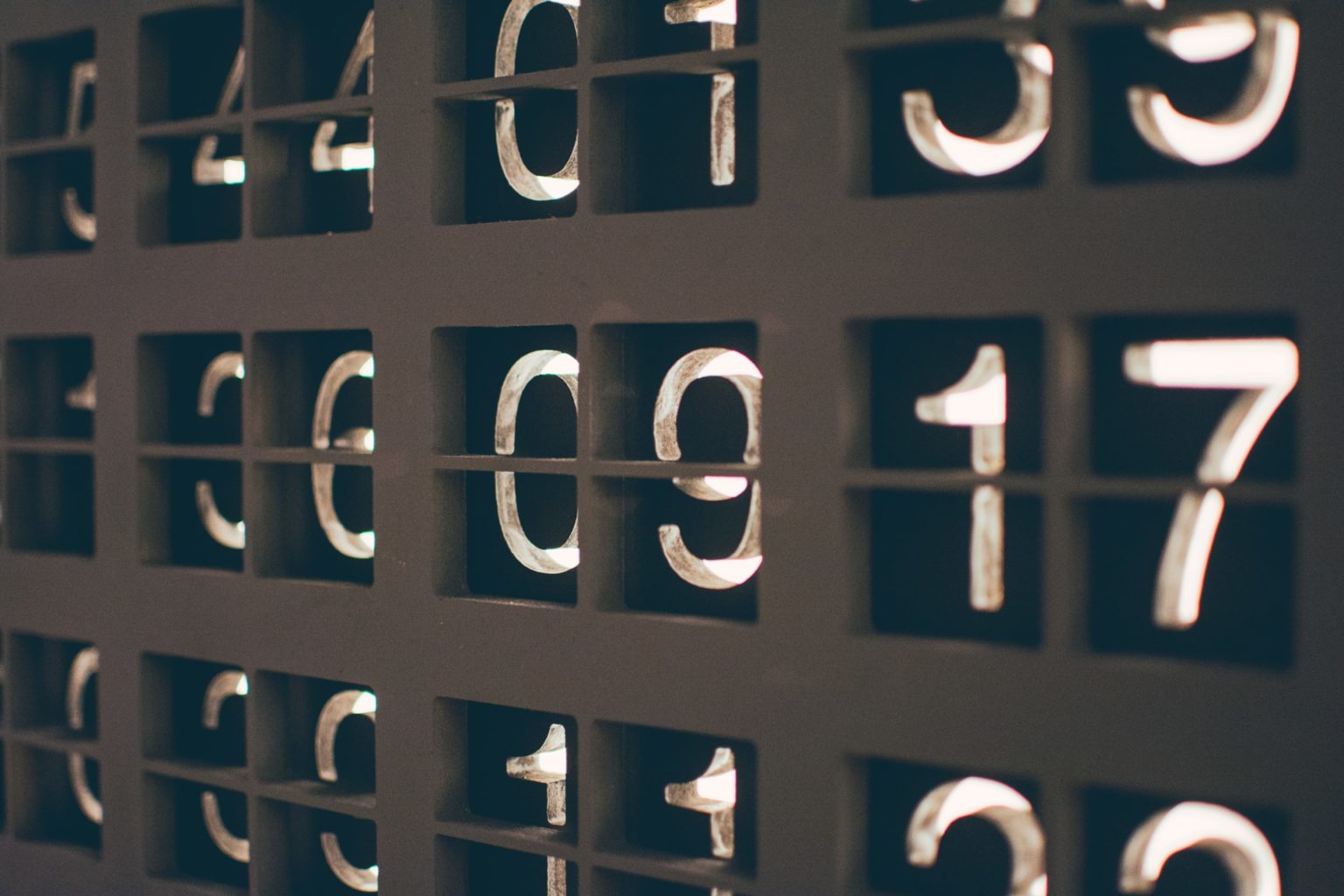When someone unfamiliar with the concept hears the term “angel numbers,” no one could blame them for thinking it’s something having to do with god’s word. After all, the Holy Bible is full of guardian angels and number sequences. However, as you learn more about angel numbers, you’ll find that there’s more to the concept than studying your favorite verse.
Angel Numbers Explained

Before considering this correlation or lack thereof, it’s crucial to answer another question: what are angel numbers? According to numerology, individual numbers and sequences of numbers have particular spiritual meanings. Angel numbers, in particular, are a series of repeated numbers, such as 111, 222, and so on through 999. Each of these numbers, then, has a meaning. For example, sequence 333 represents creativity, intuition, and growth.
Are angel numbers biblical?

To some degree, this question is up for debate. The Bible doesn’t refer to angel numbers explicitly, but numerology associates these triple sequences with nine of the 15 primary archangels: Uriel, Haniel, Jophiel, Ariel, Gabriel, Azrael, Chamuel, Michael, and Raphael. You’ll note that these aren’t the archangels you’d find in a Christian mass. Several of these, including Haniel and Ariel, are angels within Judaism, while angels like Michael and Gabriel are mentioned throughout Christianity.
Despite this connection to Abrahamic religions, staunch Christians will be opposed to connecting the idea of angel numbers to their faith. After all, the Bible neither implies nor explicitly states that god’s angels communicate through numbers or a series of numbers. Some would argue that angel numbers are an occultist practice, in contrast to the principles of Christianity.
Numerology in the Bible

Biblical numerology shares several concepts with the spiritual interpretations that interpret angel numbers. Throughout any version of the Bible, you’ll find an assortment of significant, symbolic numbers. Of course, the most prevalent of these is the number three, as exemplified by the prominence of the holy trilogy. But this isn’t the only instance of the number three and its biblical significance.
Consider, for instance, the new living translation or NLT bible. In Genesis alone, you’ll find several references to the number three. In Genesis 15:9, The Lord says, “Bring me a three-year-old heifer, a three-year-old female goat, a three-year-old ram, a turtledove, and a young pigeon.” It’s no coincidence, of course, that a majority of these requests include three years. Genesis 40:12 reads, “‘This is what the dream means,’ Joseph said. ‘The three branches represent three days.'” Just a few lines later, 40:18 extrapolates: “‘This is what the dream means,’ Joseph told him. ‘The three baskets also represent three days.'” Later, in 1 Corinthians 13:13, the number returns: “Three things will last forever—faith, hope, and love—and the greatest of these in love.” While these are taken from the NLT, you’ll find similar verses in other versions of the Bible.
These aren’t the only instances of the number three in the Bible or other symbolic numbers. You’ll notice, though, that none of these reference angel number 333. In fact, the archangel Jophiel, patron angel of artists, is associated with Kabbalah, the mystical branch of Judaism, as well as the triple sequence 333.
In short, angel numbers don’t originate in the Bible, and some Christians will steadfastly oppose the suggested correlation. At the same time, though, it’s impossible to deny the connection between these two takes on numerology. It’s possible to consider the association of Abrahamic angels with each sequence or the simple presence of numerology in the symbolism of both.
In any case, the most important factor to consider in interpreting angel numbers—biblical or otherwise—is your own faith. Depending on what you believe in, you might find your own meaning for the angel numbers reappearing in your life.





